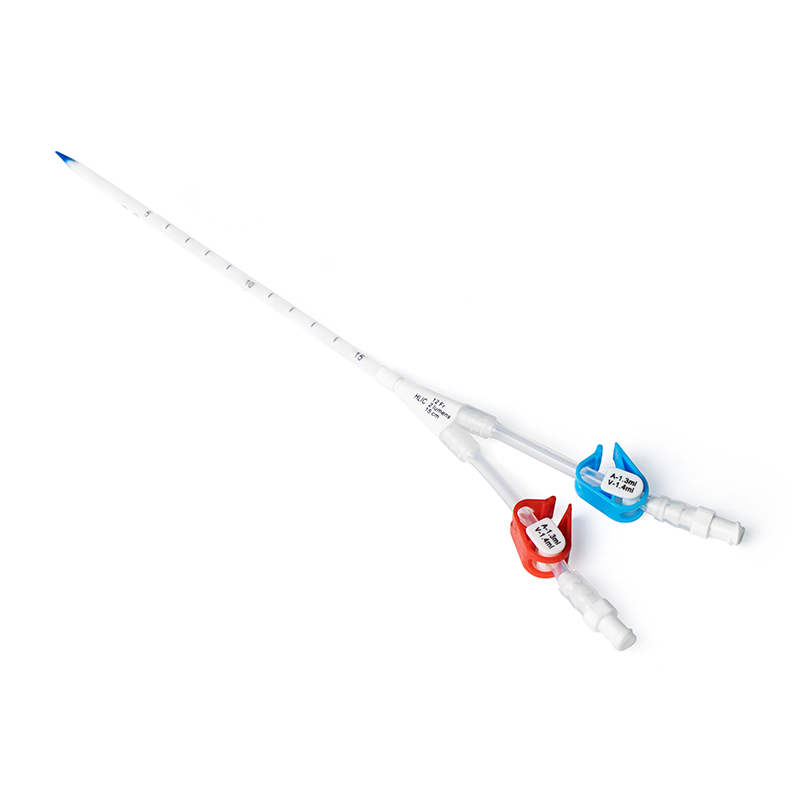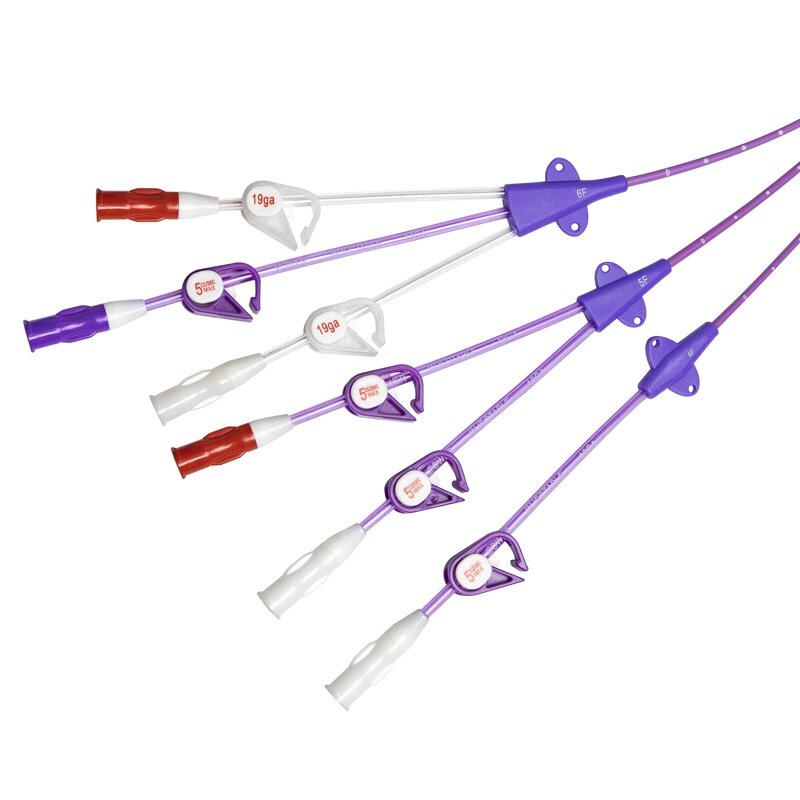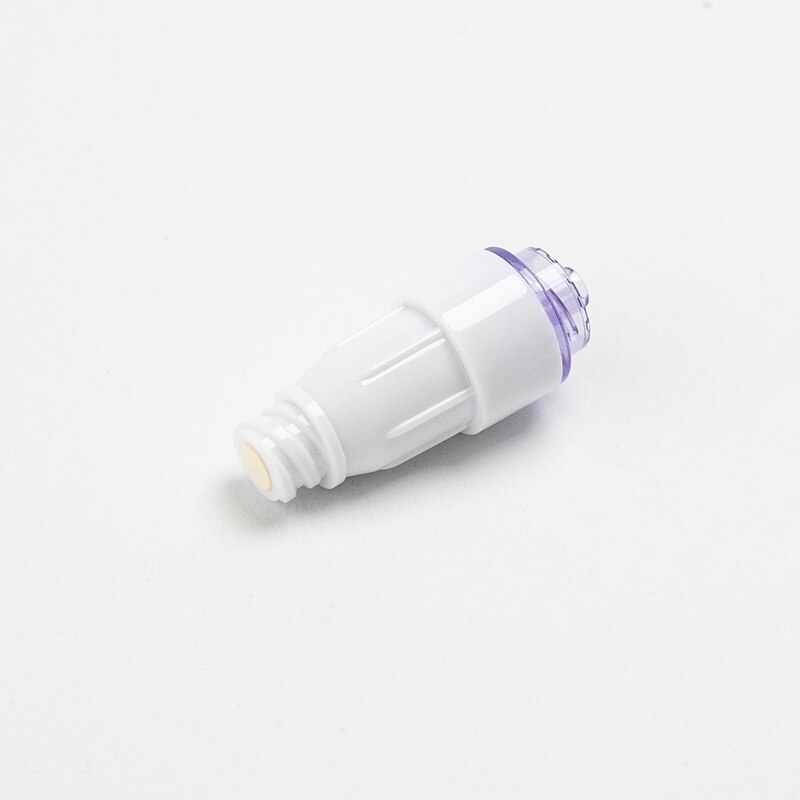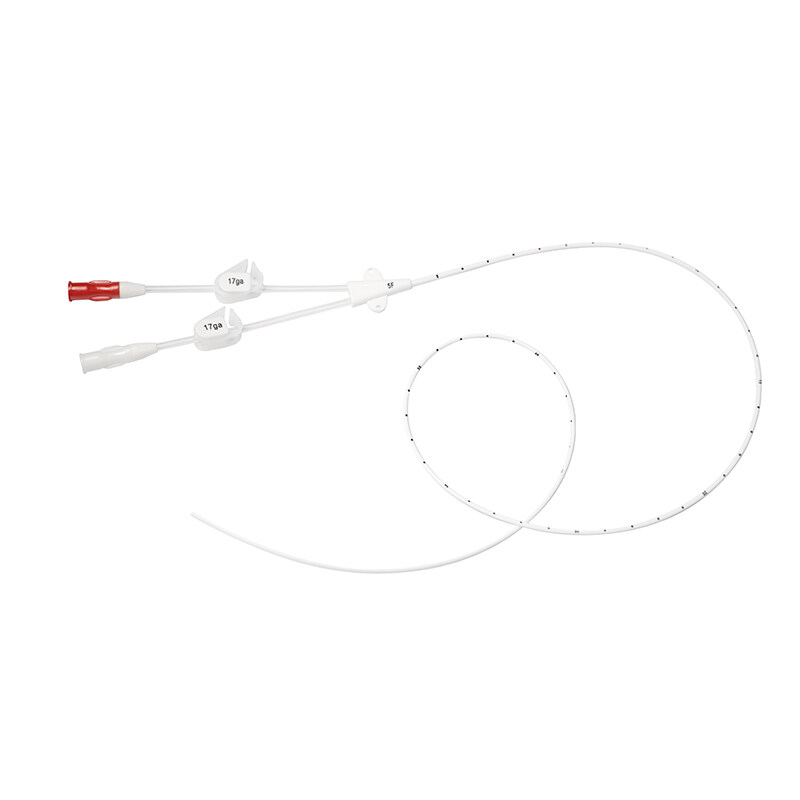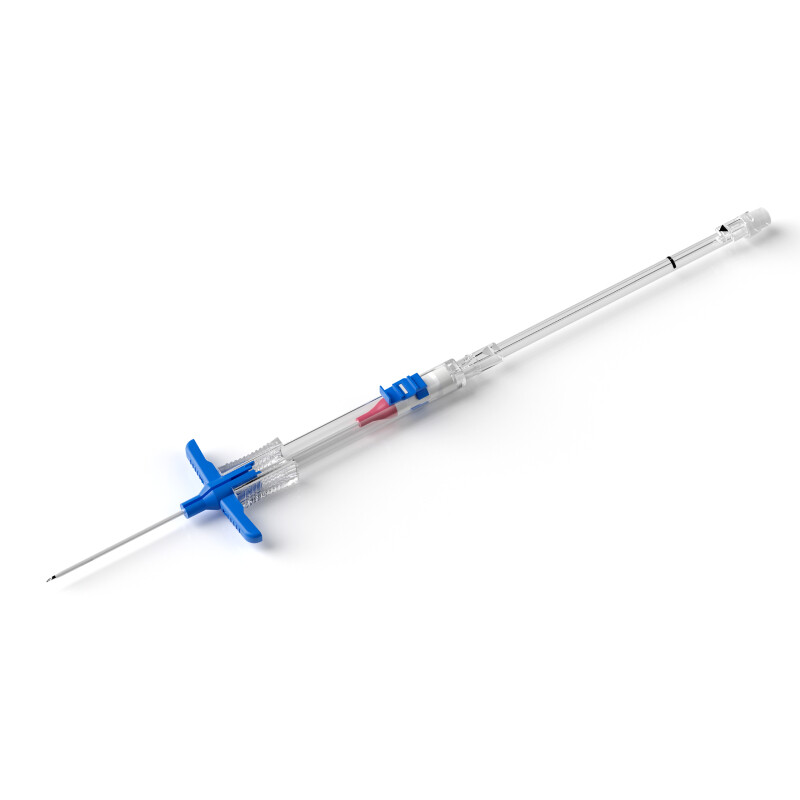What Is a Midline Catheter?
A midline catheter is a thin, flexible hollow tube that is a vascular access device placed into a peripheral vein in the upper arm. Midline catheters, often referred to as long cannulas, have one end attached to the arm above the elbow. This allows medical professionals to inject medications or fluids directly into a patient's vein. Standard midline lengths range from 10 to 20 cm and can be either single or dual lumen. Midline catheter kits are commonly used for infusions and short-term intravenous therapy.
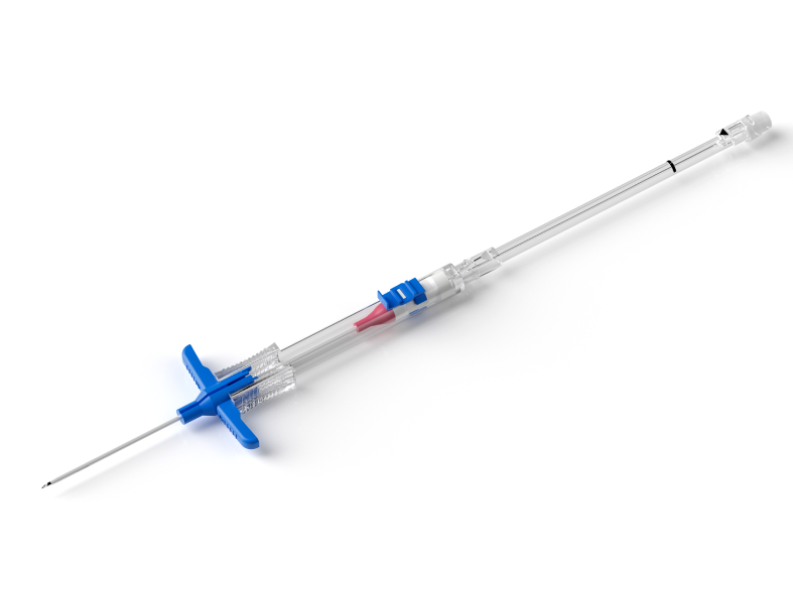
Mini Midline 4F Single Lumen
Why Do Patients Need Midline Catheter Insertion?
Midline catheter kits are used to administer drugs or fluids through a vein. The dwell time for midline catheters is up to several weeks and can meet short-term intravenous needs at home.
The midline catheter kit is more convenient and fast, which can help patients obtain stable and effective venous access in a short period of time, and is especially suitable for emergency, surgical, and palliative care and other fields.
The reasons for needing a midline catheter insertion vary and depend on the patient's medical condition and the treatment recommended by the doctor.
What Are the Characteristics of a Midline Catheter?
The unique design and catheter connection method of midline catheters ensures a bacterial-free state post-insertion. A dual lumen midline catheter, for example, allows for the injection of two different medications. These catheters are made of advanced medical polyurethane material with antimicrobial properties, reducing the risk of thrombosis and thereby minimizing the likelihood of vessel wall trauma and phlebitis.
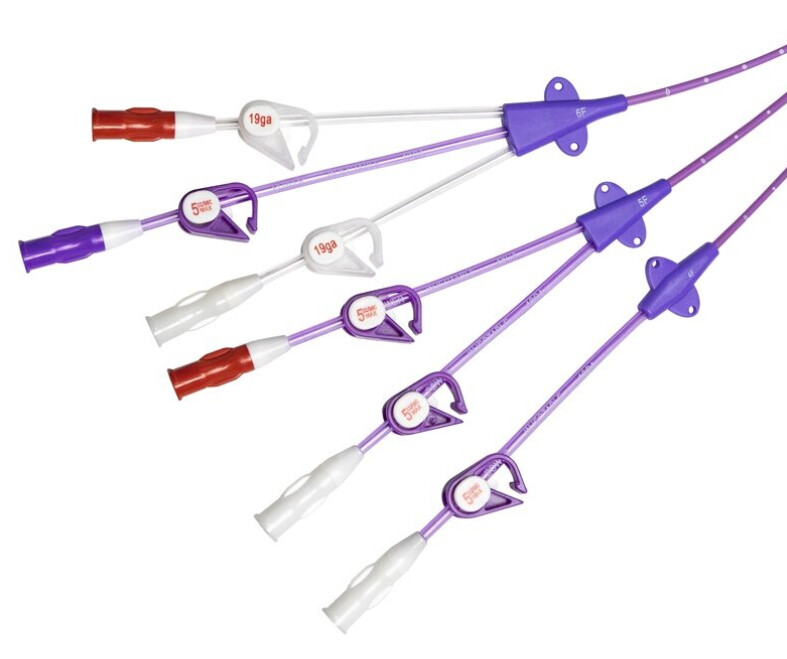
Midline 3F Single Lumen
Midline Catheter Insertion Procedure
Here's a general overview of the midline catheter insertion procedure. Please note that the specific details might vary based on the medical institution, the patient's condition, and the specific type of midline catheter being used:
1. Preparation: First, the healthcare provider prepares the patient and the materials needed for the procedure. This includes explaining the procedure to the patient, getting informed consent, and positioning the patient's arm correctly. The provider then washes their hands and puts on sterile gloves and a mask.
2. Site Selection and Preparation: The provider selects an appropriate vein in the upper arm where the midline catheter will be inserted. The site should be above the antecubital fossa (the bend of the elbow) and below the shoulder. The skin over the site is cleaned and disinfected to minimize the risk of infection.
3. Insertion: The provider uses a needle to puncture the vein. Once the needle is in the vein, a guide wire is threaded through the needle into the vein. The needle is then removed, leaving the guide wire in place. The midline catheter is threaded over the guide wire and into the vein. The guide wire is then removed, leaving the catheter in place.
4. Securing and Dressing the Catheter: Once the catheter is properly positioned, it is secured to the patient's skin with an adhesive dressing to prevent it from moving. The site is then covered with a sterile dressing to protect it from bacteria and other contaminants.
5. Verification and Follow-up: After the procedure, the provider verifies the placement of the catheter and checks for any signs of complications. The patient is then monitored closely, and the catheter site is regularly checked for signs of infection or other issues.
Remember, only trained healthcare professionals should perform this procedure. Anyone getting a midline catheter insertion must understand the procedure, potential risks, and how to care for the catheter after placement.
Where Does A Midline Catheter End?
A midline catheter is inserted into a peripheral vein in the upper arm. The tip of the catheter is positioned in the larger veins of the upper arm, but it does not extend into the central veins, which distinguishes it from a central venous catheter or a peripherally inserted central catheter (PICC). The catheter ends in the peripheral vasculature of the upper arm, not in the central circulatory system. This positioning allows for the administration of certain medications and fluids directly into the bloodstream while reducing the risk of complications associated with central venous access.
How Long Can a Midline Catheter Stay in Place?
The midline catheter kit is designed with a guide wire, medical catheter needle, and catheter in one piece, and the residence time is usually 14 days.
In some cases, however, placing a medical catheter can last up to 30 days. The retention time of midline catheters is between standard IV and PICC, and for patients requiring 7-30 days of treatment, midline catheters may be their best option.
Midline Catheter Brands
As a safe access option, a midline catheter is a better choice for clinicians.
Choosing reliable midline catheter brands is important, and Haolang Medical midline catheter kits are ideal for clinicians and patients. The device will offer low complication rates, long dwell times, and high first-attempt placement rates. Therefore, choosing a trusted brand like Haolang Medical can make a significant difference in the patient's treatment experience. Please feel free to contact us for more details of midline catheter kits.

